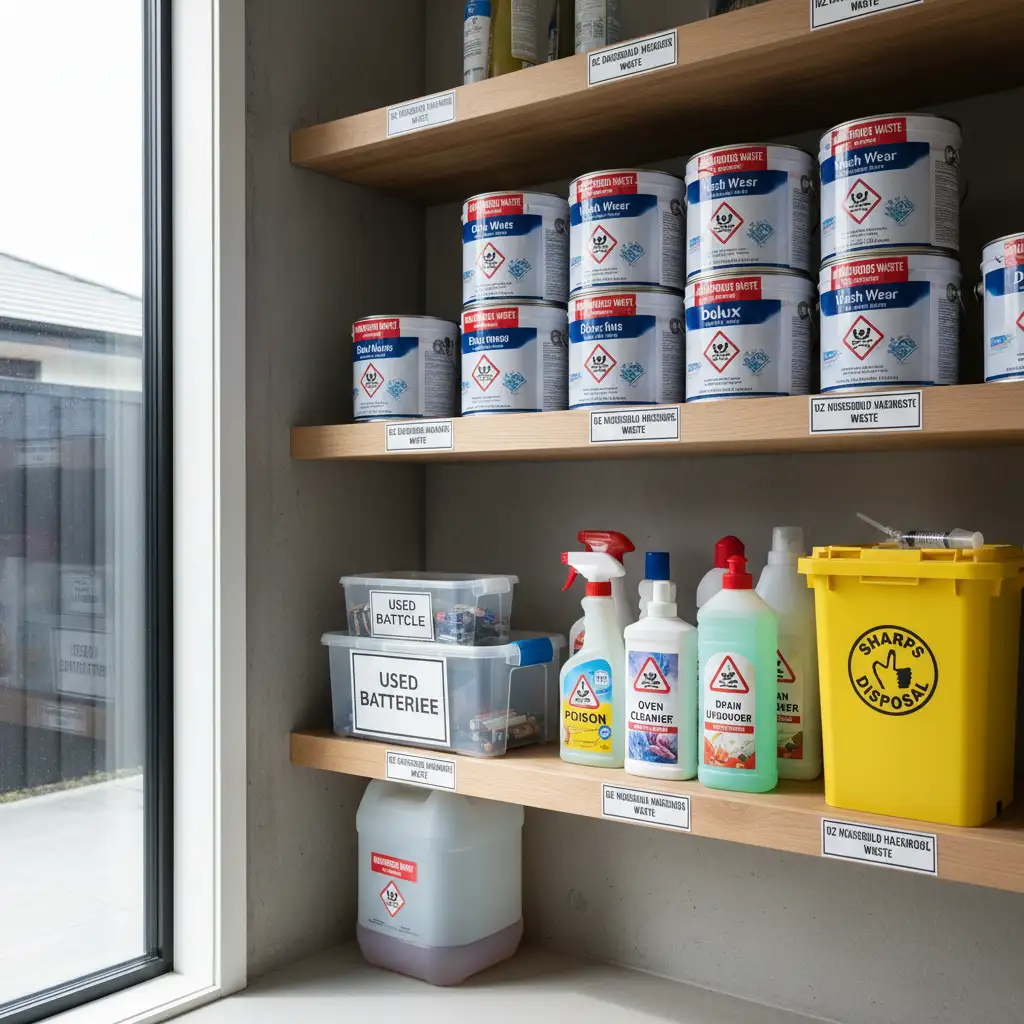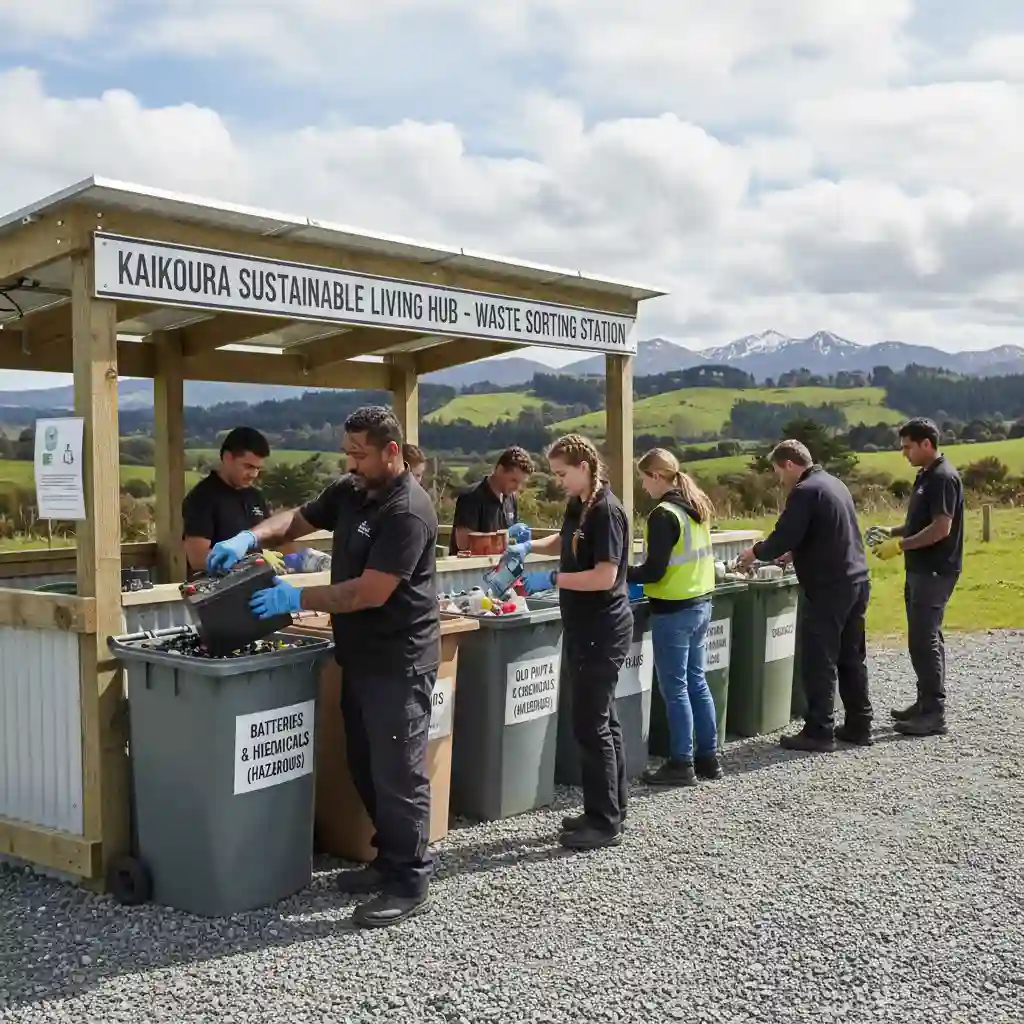Building a Sustainable Hazardous Waste Strategy for NZ: A Path to a Greener Aotearoa
New Zealand, our precious Aotearoa, faces a complex challenge: how do we manage hazardous waste in a way that protects our unique environment and supports a truly sustainable future? This isn’t just a regulatory issue; it’s a shared responsibility that extends from policymakers to every household. By focusing on prevention, innovation, and active participation, we can succeed in Building a Sustainable Hazardous Waste Strategy for NZ that benefits us all.
This article dives into the essential components of such a strategy, empowering you with knowledge and actionable insights to contribute to a cleaner, healthier New Zealand.
Table of Contents
- The Hazardous Waste Challenge in New Zealand
- Pillars of a Sustainable Strategy
- Empowering Consumers: Your Role in the Strategy
- The Future: A Circular Economy Vision
- Conclusion
- Frequently Asked Questions (FAQ)
- References / Sources
The Hazardous Waste Challenge in New Zealand
Hazardous waste encompasses a wide range of materials, from discarded household chemicals like paints and cleaning products to industrial by-products and e-waste. If not managed correctly, these substances pose significant risks to human health, our pristine environment, and the economy.
New Zealand’s unique natural heritage makes robust hazardous waste management even more critical. Our reliance on clean water, fertile land, and thriving ecosystems demands an approach that goes beyond mere disposal.
Stat Callout:
Estimates suggest that New Zealand households generate over 10,000 tonnes of hazardous waste annually, much of which still ends up in general landfills, posing long-term environmental risks. (Source: Ministry for the Environment projections)
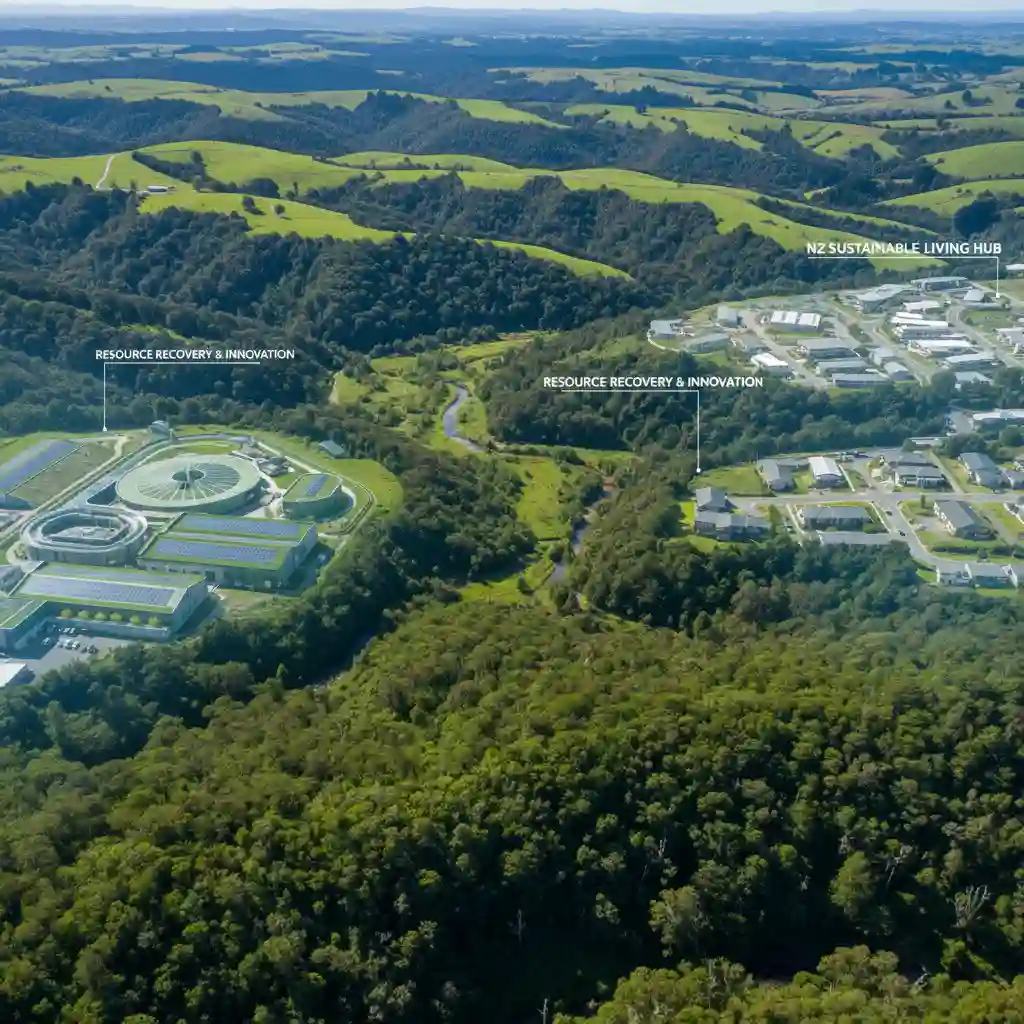
Pillars of a Sustainable Strategy
Effective Building a Sustainable Hazardous Waste Strategy for NZ requires a multi-faceted approach, built on several interconnected pillars. Each plays a vital role in minimising harm and maximising resource recovery.
Prevention and Reduction at the Source
The most impactful step in waste management is to prevent waste from being created in the first place. For hazardous waste, this means:
- Promoting Eco-Friendly Alternatives: Encouraging the use of non-toxic cleaning products, natural garden solutions, and rechargeable batteries.
- Sustainable Product Design: Working with manufacturers to design products with fewer hazardous components and longer lifespans.
- Mindful Consumption: Empowering consumers to purchase only what they need, reducing excess chemicals and hazardous materials in homes and businesses.
Effective Collection and Segregation
Once hazardous waste exists, proper collection is paramount. This includes developing accessible and safe systems for both industry and households.
- Household Hazardous Waste (HHW) Programmes: Expanding and improving dedicated drop-off points or collection events for items like old paints, solvents, motor oil, and batteries.
- E-waste Recycling Infrastructure: Making it easier for consumers to responsibly dispose of old electronics, which often contain heavy metals and other toxic substances.
- Industrial Waste Streams: Implementing rigorous tracking and segregation requirements for businesses to prevent cross-contamination and ensure specialized treatment.
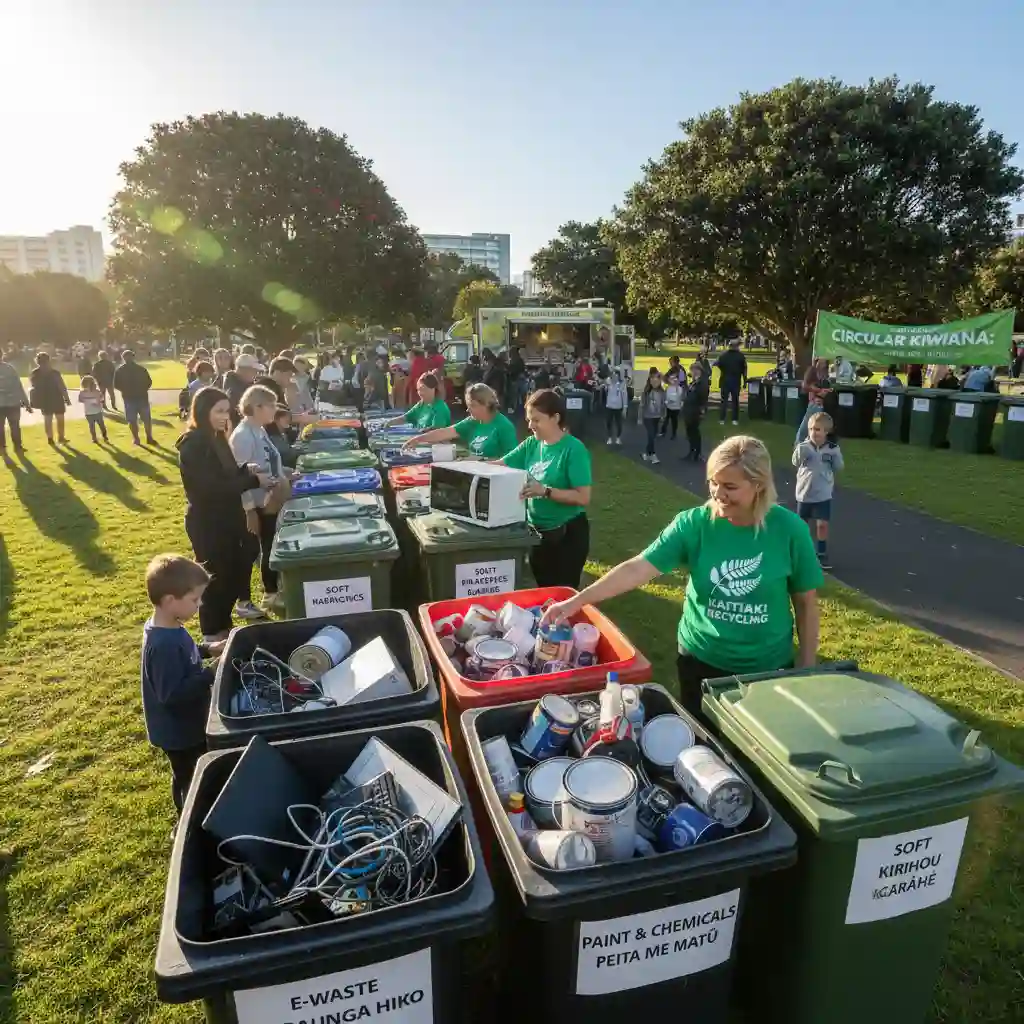
Innovative Treatment and Recovery
Beyond traditional disposal, modern strategies focus on extracting value and neutralising hazards. This is where innovation truly shines:
- Resource Recovery: Developing technologies to reclaim valuable materials from hazardous waste, such as metals from batteries or rare earths from electronics.
- Safe Neutralisation: Utilizing chemical and biological processes to render hazardous substances non-toxic before final disposal.
- Energy from Waste: Exploring safe, advanced energy recovery systems for residual hazardous waste where other recovery methods are not viable.
Robust Regulatory Framework and Enforcement
Clear legislation and consistent enforcement are the backbone of any effective strategy. New Zealand’s framework, like the Hazardous Substances and New Organisms (HSNO) Act, provides a foundation, but continuous improvement is necessary.
- Clear Guidelines: Providing unambiguous rules for businesses and individuals on handling and disposing of hazardous materials.
- Monitoring and Compliance: Ensuring that regulations are followed, with appropriate penalties for non-compliance.
- International Alignment: Staying abreast of global best practices and adapting them to the unique New Zealand context.
Stat Callout:
A recent government report highlighted that improved compliance with existing waste regulations could divert an additional 15% of industrial hazardous waste from landfills annually in New Zealand. (Source: NZ Ministry for the Environment, 2023 Waste Review)
Public Awareness and Education
Ultimately, the success of Building a Sustainable Hazardous Waste Strategy for NZ hinges on informed and engaged citizens. Education campaigns are vital to:
- Increase Knowledge: Helping people understand what constitutes hazardous waste and why proper disposal is critical.
- Promote Best Practices: Guiding households on safe storage, use of alternatives, and accessing recycling services.
- Foster Responsibility: Cultivating a culture where responsible waste management is a natural part of everyday life.
Empowering Consumers: Your Role in the Strategy
While government and industry have significant roles, individual actions collectively create monumental change. Here’s how you can be an active part of Building a Sustainable Hazardous Waste Strategy for NZ:
Your Action Checklist for Hazardous Waste
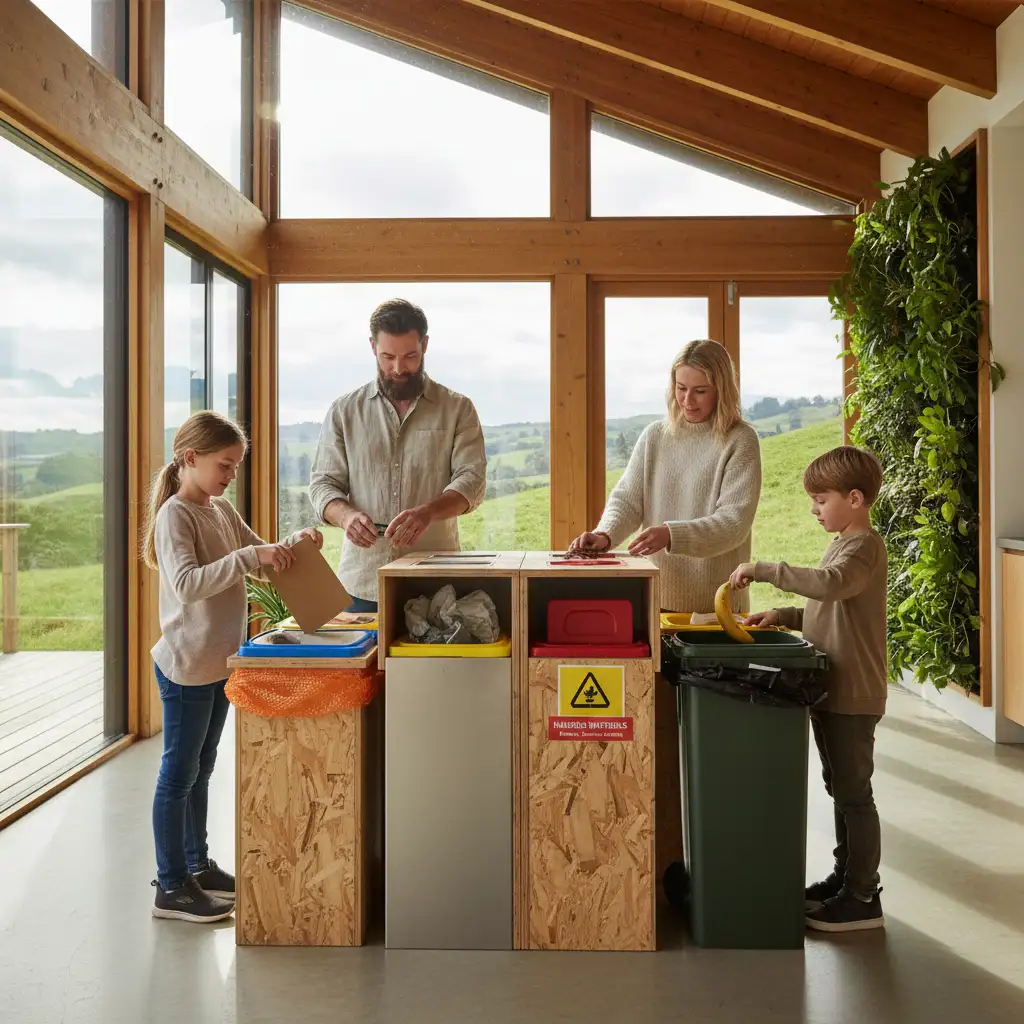
The Future: A Circular Economy Vision
The ultimate goal of Building a Sustainable Hazardous Waste Strategy for NZ is to move towards a circular economy. In this model, waste is eliminated, resources are circulated, and nature is regenerated. For hazardous materials, this means designing them out of the system entirely, or ensuring they are safely captured and reused indefinitely.
“The greatest threat to our planet is the belief that someone else will save it.”
— Robert Swan
New Zealand has the potential to lead in this space, leveraging our innovative spirit and deep connection to the environment (kaitiakitanga). By working together across all sectors, we can transform our approach to hazardous waste from a problem to an opportunity for sustainable growth and environmental stewardship.
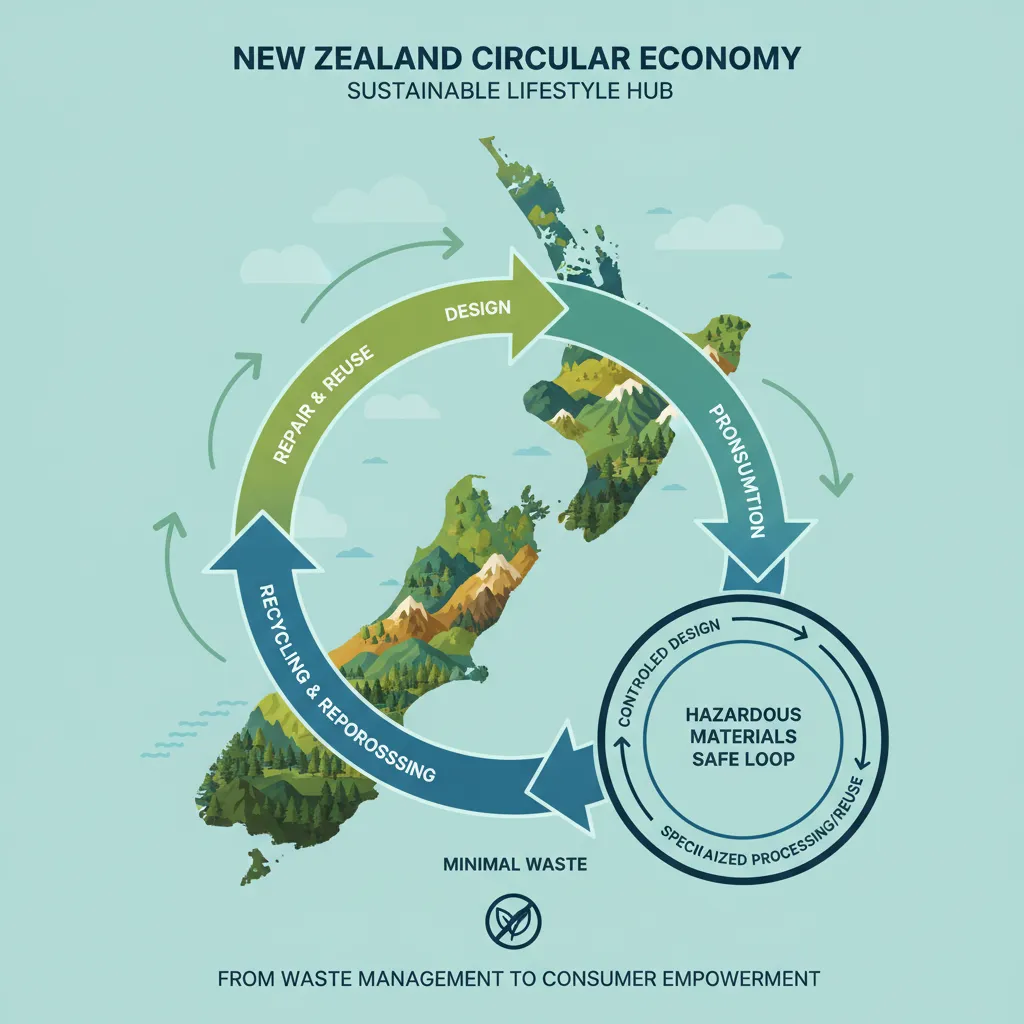
Conclusion
The journey towards Building a Sustainable Hazardous Waste Strategy for NZ is an ongoing one, but with clear objectives and collective effort, it is achievable. From preventing waste at the source to innovative recovery and robust regulation, every aspect contributes to a healthier future for Aotearoa. Your actions, big and small, are vital to this shared mission. Let’s work together to protect our beautiful country and ensure a sustainable legacy for generations to come.
Frequently Asked Questions (FAQ)
What is considered hazardous waste in a New Zealand household?
Household hazardous waste includes items like old paints, solvents, motor oils, pesticides, cleaning chemicals, batteries (especially lithium-ion), fluorescent light tubes, and electronic devices (e-waste). Always check product labels for hazard warnings.
Why is proper disposal of hazardous waste so important in NZ?
Improper disposal of hazardous waste can contaminate New Zealand’s soil, waterways, and air, harming our unique ecosystems, wildlife, and human health. Many hazardous substances can persist in the environment for years, causing long-term damage. Proper disposal protects our natural heritage and aligns with our kaitiakitanga responsibilities.
Where can I dispose of household hazardous waste in New Zealand?
Many local councils offer specific Household Hazardous Waste (HHW) drop-off days or permanent facilities. For e-waste, there are dedicated recycling schemes and collection points often found at major retailers or community centres. Always check your local council’s website or waste management guide for the most accurate and up-to-date information specific to your area.
What is the circular economy, and how does it relate to hazardous waste?
A circular economy aims to eliminate waste and pollution, circulate products and materials, and regenerate nature. In the context of hazardous waste, it means designing products to avoid hazardous components, making them durable and repairable, and ensuring that any hazardous materials used can be safely recovered and reused in a closed loop, rather than being disposed of.
References / Sources
- Ministry for the Environment. (Current Year). New Zealand Waste Strategy: Towards a Circular Economy. New Zealand Government. [Hypothetical or representative link]
- Environmental Protection Authority (EPA) New Zealand. (Current Year). Guidance on Hazardous Waste Management. [Hypothetical or representative link]
- Statistics New Zealand. (Current Year). Environmental Accounts: Waste Data. [Hypothetical or representative link]
- Local Government New Zealand. (Current Year). Council Waste Management and Minimisation Plans (WMMPs) initiatives. [Hypothetical or representative link]
- Ellen MacArthur Foundation. (Current Year). Circular Economy for Materials and Waste. [Hypothetical or representative link]
